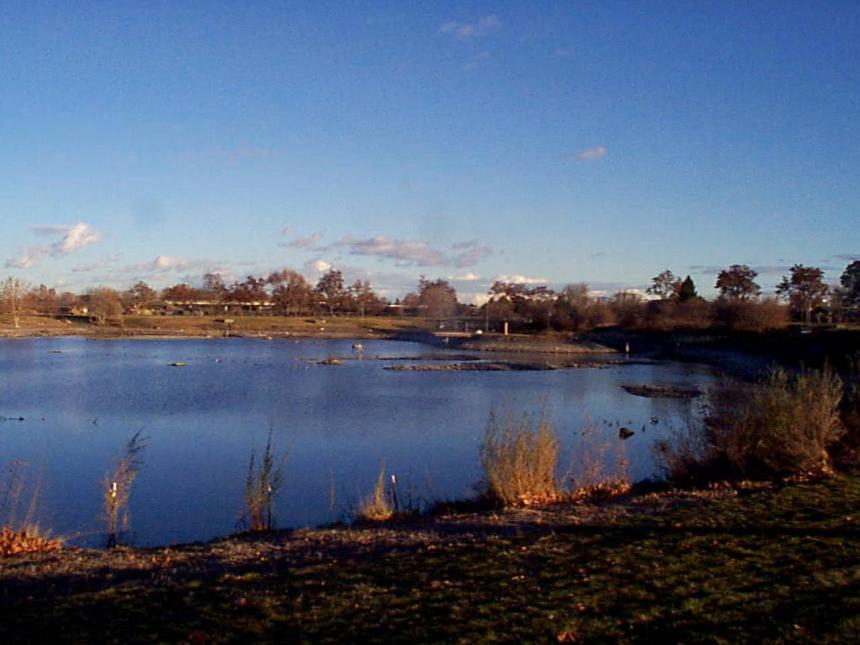This small pond is located near the Kennewick end of the Highway US-395 Bridge and the Columbia Park boat ramp. It is open only to juveniles 14 years of age and younger and holders of disability licenses.
Two-pole fishing is NOT allowed
Special fishing restrictions:
- Open for juvenile anglers, senior anglers and anglers with a disability who possess a designated harvester companion card only.
Shoreline access: Good - Rainbow trout are planted in late February, spring break, and early May.
Species you might catch
- Black crappie
- Bluegill
- Channel catfish
- Common carp
- Largemouth bass
- Northern pikeminnow
- Rainbow trout
- Smallmouth bass
Lake information
County: Benton
Acreage: 9.80 ac.
Elevation: 341 ft.
Center: 46.219021, -119.143921
Open in Google Maps
Catchable fish plants
| Stock Date | Species | Number Released | Number of Fish Per Pound | Facility |
|---|---|---|---|---|
Visit the Catchable Trout Plants page for a more detailed search of trout plants in this or other bodies of water. To view or download the source data for this table visit the WDFW Fish Plants dataset on the Washington State Open Data Portal
Fishing prospects calendar
Rainbow trout
Largemouth bass
Smallmouth bass
Black crappie
Bluegill
Channel catfish
Northern pikeminnow
Photos
